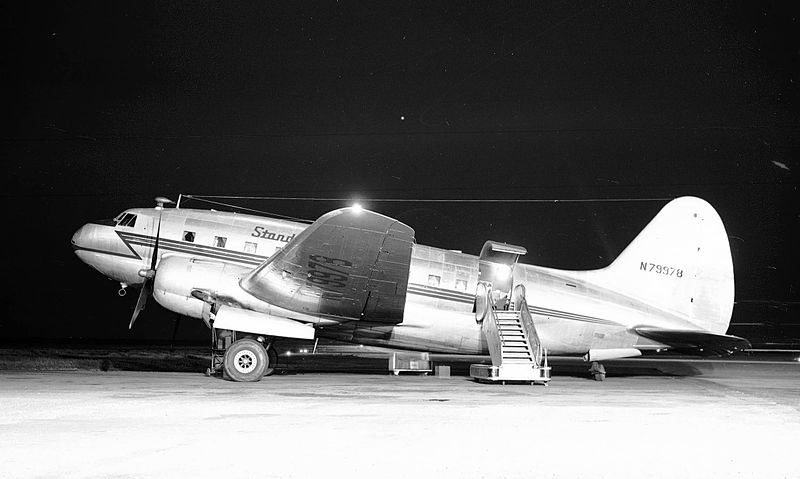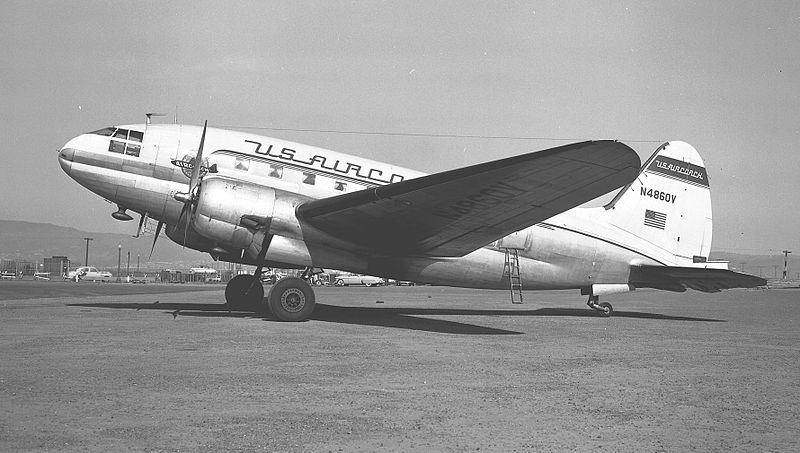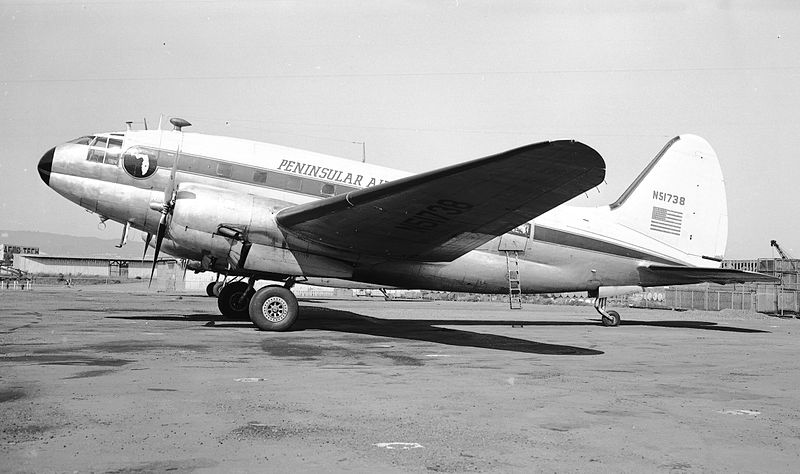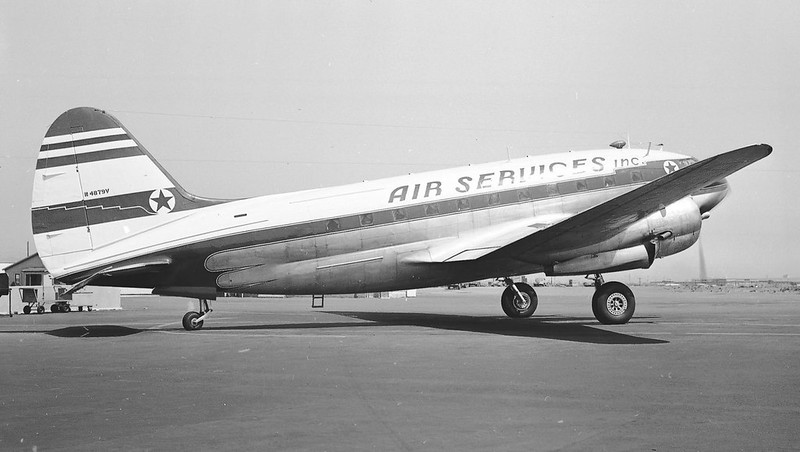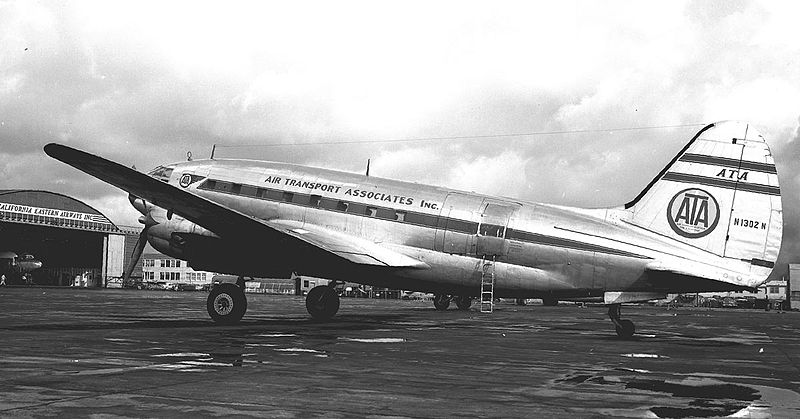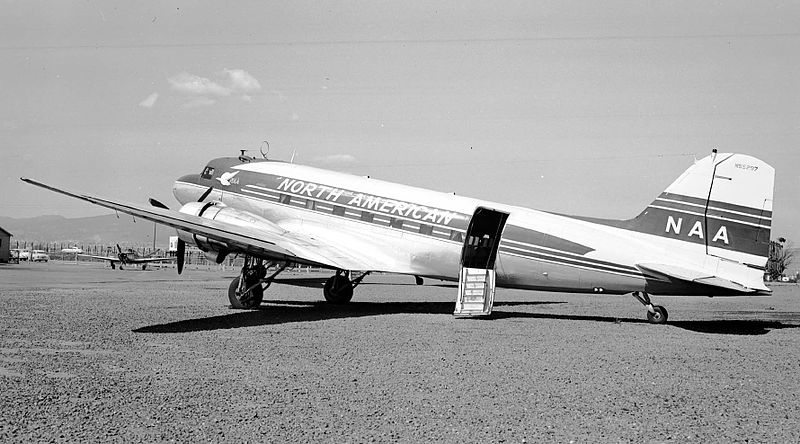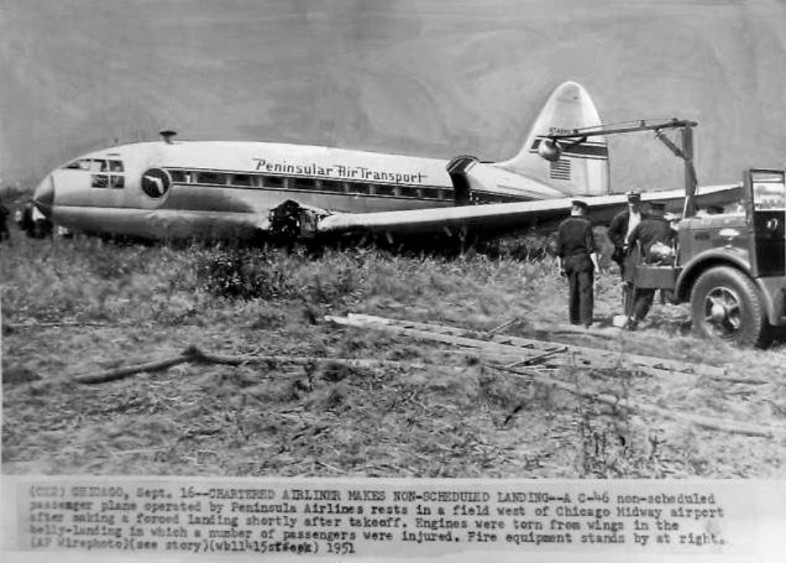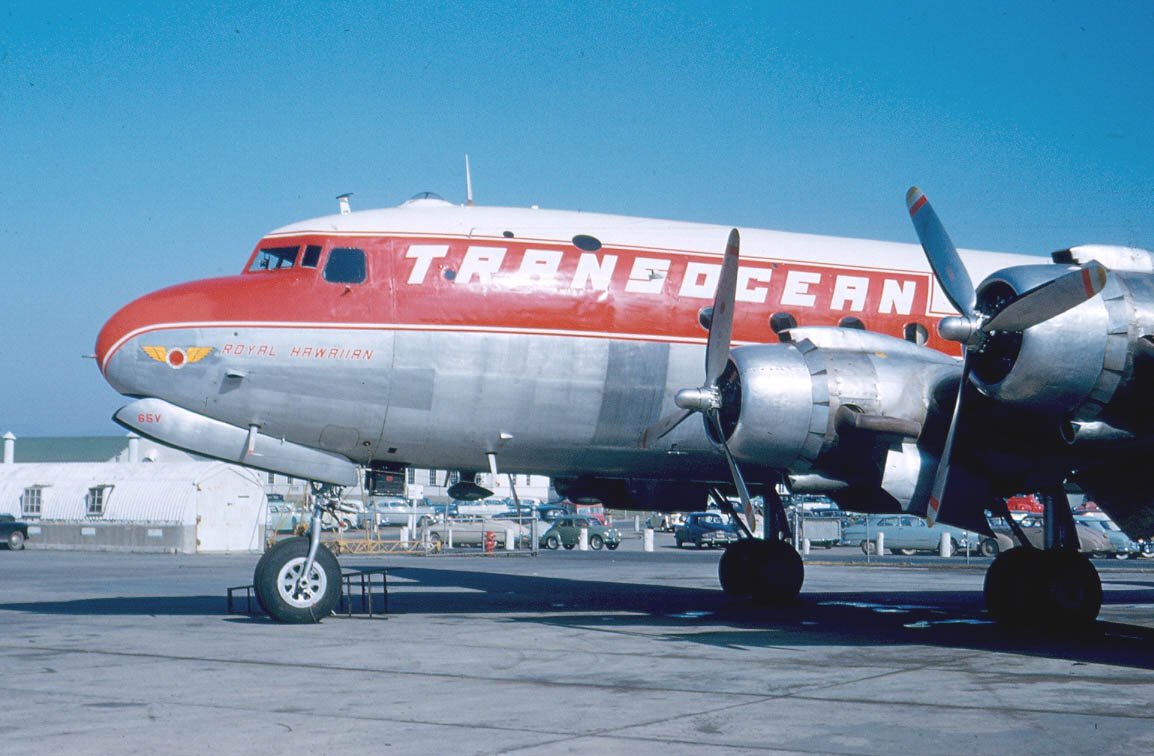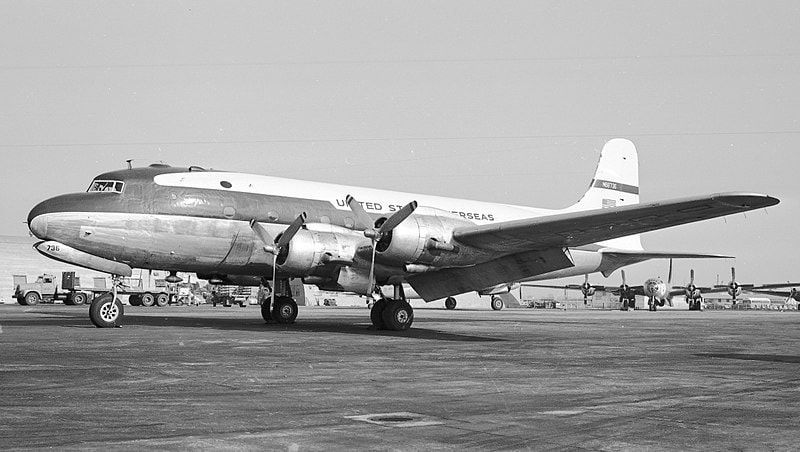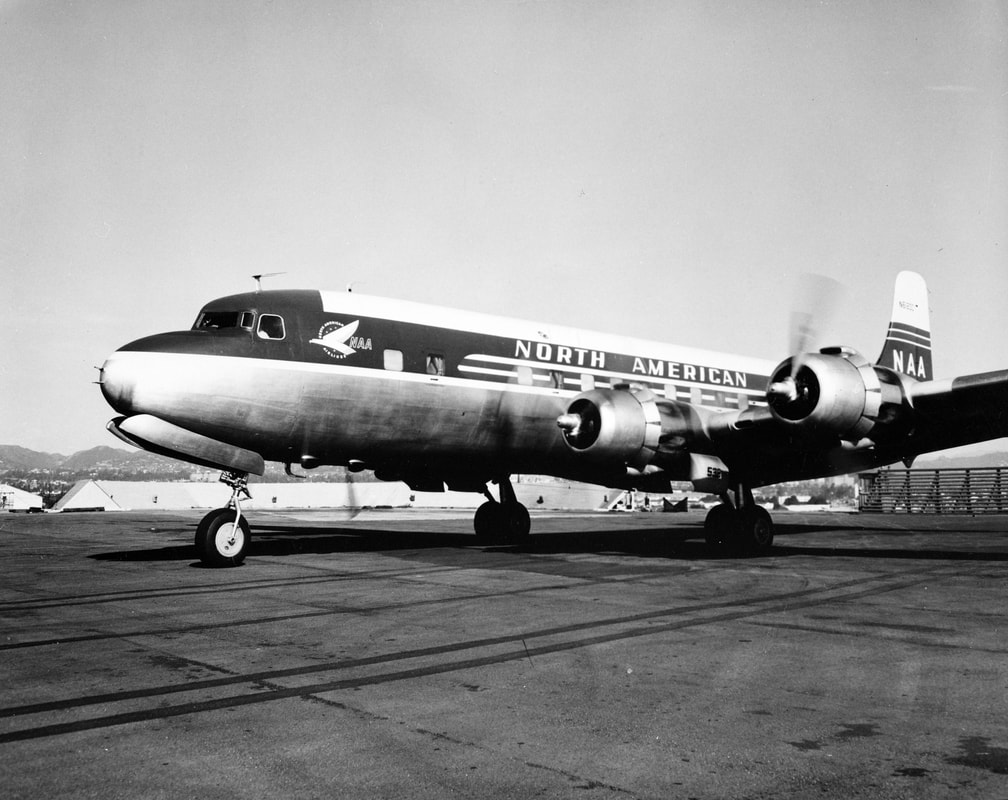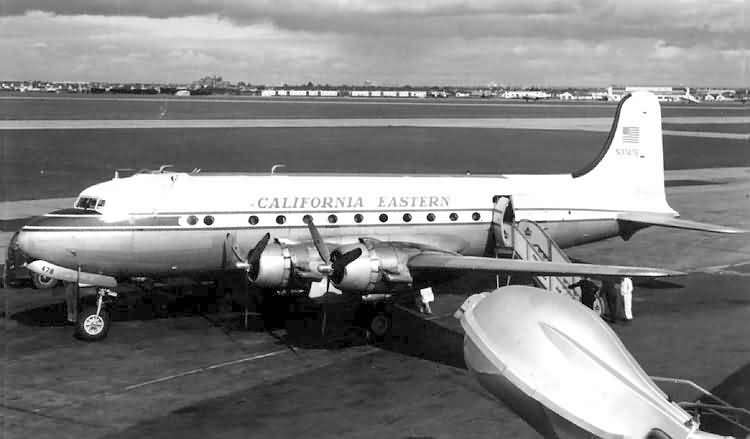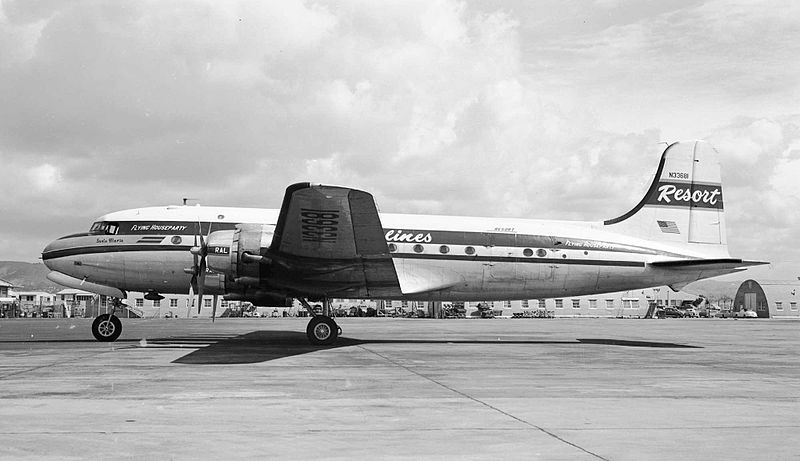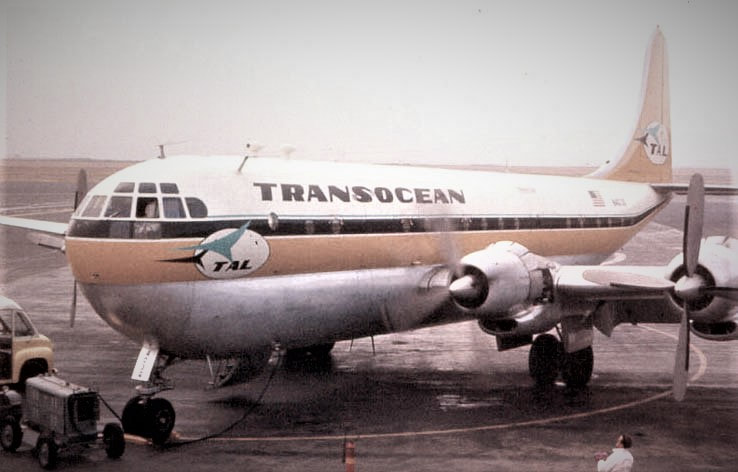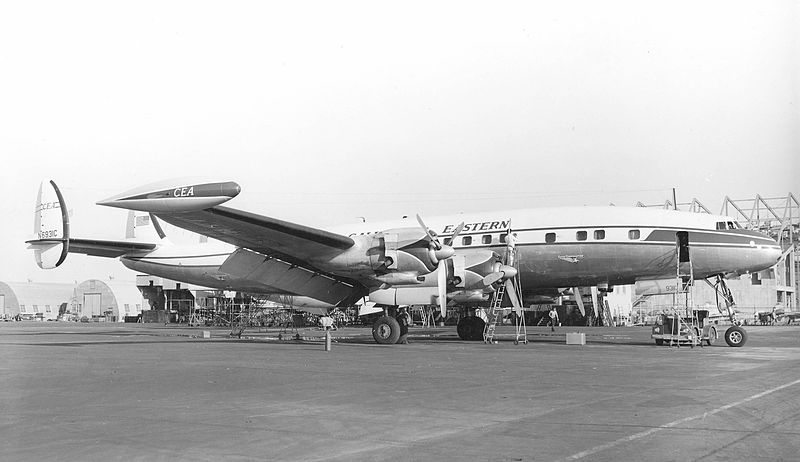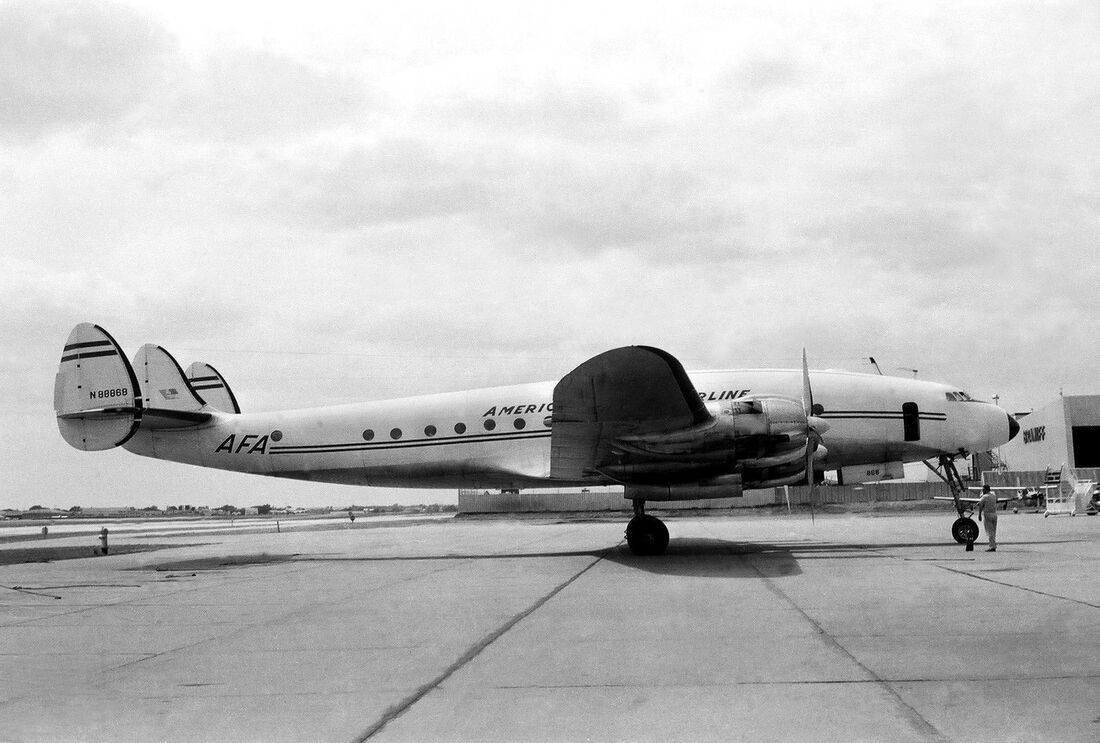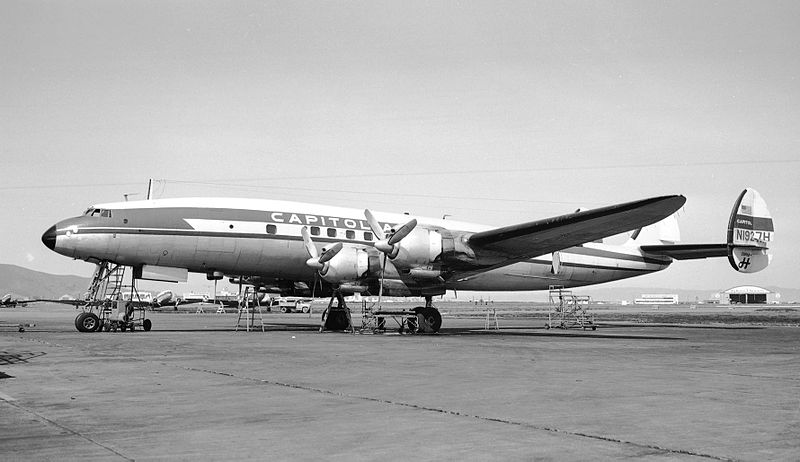- Home
-
My Models
-
AV History
- Airline History Blog
-
Airline Development
>
-
Liveries
>
- Aeroméxico Liveries
- Air China Special Liveries
- American Airlines Liveries
- British Airways Liveries
- Continental Airlines Liveries
- Delta Air Lines Liveries
- Eastern Air Lines Liveries
- Landor Liveries
- National Airlines Liveries
- Northeast Airlines Liveries
- Northwest Airlines Liveries
- Pan Am Liveries
- Trans World Airlines Liveries
- United Airlines Liveries
- Western Airlines Liveries
- Airbus A380s >
- Boeing 747 >
- Real Airport Histories >
- Plane Spotting >
- Aviation Stickers >
-
1:400 SCALE
- Collecting 1:400 Scale >
- The History of 1:400 Scale >
-
1:400 Brands
>
- Aeroclassics >
- Airshop Diecast
- AURORA Models
- Aviation400 (2007-2012)
- Big Bird 400 Your Craftsman
- Black Box Models
- Blue Box & Magic Models
- C Models
- Dragon Wings
- El Aviador 400
- Gemini Jets >
- JAL Collection / Jet Hut >
- Jet-X >
- MP4 Models
- NG Models >
- Panda Models >
- Phoenix Models >
- Seattle Models Co (SMA)
- Skyjets400
- Sovereign Models
- TucanoLine
- Witty Wings / Apollo
- Yu ModeLs
- 1:400 Custom Models >
- Production Numbers
- Zinc Rot
-
1:400 Moulds
- The Best Moulds >
- Airbus >
-
Boeing
>
- Boeing B-377 Stratocruiser
- Short Boeing 707s & 720s
- Boeing 707-320/420
- Boeing 717
- Boeing 727-100
- Boeing 727-200
- Boeing 737-100/200
- Boeing 737-300 >
- Boeing 737-400
- Boeing 737-500
- Boeing 737-600
- Boeing 737-700/800/900 >
- Boeing 737 MAX
- Boeing 747-100/200 >
- Boeing 747-400 >
- Boeing 747SP
- Boeing 747-8 Interactive
- Boeing 747LCF Dreamlifter
- Boeing 757-200 >
- Boeing 757-300
- Boeing 767-200
- Boeing 767-300
- Boeing 777-200
- Boeing 777-300
- Boeing 787
- British >
- Douglas >
- Lockheed >
- Other >
- Chinese >
- Soviet >
- Smallest Moulds in 1:400
-
1:400 Reviews
-
Model News
- Model Blog
-
New Mould Samples
>
- Aviation400 >
- JC Wings >
-
NG Models 400 Scale
>
- Airbus A318
- Airbus A319/320 CEO
- Airbus A319/320 NEO
- Airbus A321CEO & NEO
- Airbus A330-200/300
- Airbus A330 Beluga XL
- Airbus A330-800/900
- Airbus A340-200/300
- Airbus A350-900
- Airbus A350-1000
- Boeing 737-600/700/900
- Boeing 737-600 Refresh
- Boeing 737-800
- Boeing 737 MAX-8/MAX-9
- Boeing 737 MAX-7/MAX-10
- Boeing 747-100
- Boeing 747-200
- Boeing 747-400
- Boeing B747SP
- Boeing 747-8I
- Boeing 747-8F
- NG 747s Together
- Boeing 757-300
- Boeing 767-200/300 >
- Boeing 767-400 >
- Boeing 777-200
- Boeing 777-300/300ER
- Boeing 787-8
- Lockheed L-1011 Tristar
- Lockeed Tristar 500
- McDonnell Douglas MD-80
- McDonnell Douglas MD-87
- Tupolev Tu-154
- Tupolev Tu-204/Tu-214/Tu-234
- NG Models 200 Scale >
- Phoenix Models >
- Yu ModeL >
-
1:600 SCALE
- DIORAMAS
Nonsked / Irregular / Supplemental Airlines of the United States
Part 1: Rogues to Respectable Citizens
Published: May 2021
Thanks: I would like to give a massive thanks to Bill Larkins, who not only has the most amazing photographic record of classic airliners but also has put large amounts of his shots into Wikimedia Commons.
Until deregulation in 1978 the US air market was heavily regulated and controlled by the Civil Aeronautics Board (CAB). The Board controlled the routes flown, rates charged and restricted competition. It also controlled which airlines could even operate. This inevitably led to airlines operating outside of the standard certified areas areas of the market to have a tough time of it and throughout the regulated era the CAB struggled to control and deal with what were called at various times Non-scheduled (Nonskeds), Irregular, Charter or Supplemental airlines. The regulated airlines had all the advantages and weren't about to give them up so unsurprisingly took a very dim view of any unregulated competitors and frequently lobbied the CAB to close them down when they found ingenious ways around the regulations. Sometimes the Nonskeds gave the CAB little choice through their own dubious activities but gradually the surviving Nonskeds became established and respectable. Some survived and prospered into the deregulated era, but most failed to survive the difficult environment they were forced to negotiate, the CAB, the regulated airline's pressure or their own failings.
Nonskeds - The Beginning
The story of the Nonskeds properly began on October 18, 1938 when the new CAB exempted non-scheduled airlines from needing to obtain certification and some other factors of the Civil Aeronautics Act. It was a trial to test the market and see what types of operation would emerge and what type of regulation they would require in the future. At this time when a DC-3 was about the largest aircraft operated by anyone unscheduled airlines were considered mainly to be those interested in light aircraft for specialised roles from fixed bases.
Above: Standard Air Lines was a survivor and managed to stay in business until 1957 despite initially being given the original name of 'Fireball Air Express'. This C-46 didn't have such a long service. Delivered on April 5, 1948 - it was written off on July 12, 1949 in a crash that killed 35 of the 48 onboard.
Below: Nonskeds created the coach concept and name. Here the airline itself is called US Aircoach which was founded in 1949 by Louis Powell and Wyman Reynolds.
This all changed in the immediate postwar period. Suddenly there were thousands of ex-USAAF aircraft available at cheap prices and even more pilots looking for a civilian career. The vast fleets of Douglas C-47s, Curtiss C-46s and even Douglas C-54s were being sold off at rock bottom prices and there appeared plenty of opportunity for new adventures for many unemployed former military pilots. In 1945 the CAB estimated that 2,730 'airlines' were formed operating 5,500 aircraft. Unsurprisingly the majority of these new enterprises failed quickly and many were poorly run outfits with dubious administration, maintenance and safety. The Nonskeds quickly gained a poor reputation and the ire of the trunk airlines, who were less than impressed by the appearance of all this potential competition in their regulated and fixed environment. They did however provide cheap air travel to thousands of Americans who were thirsty for it and the CAB's allowance of non-scheduled operations had created an unintended loophole it was keen to close.
Above: Overseas National Airways had real staying power. It's C-54s proved indispensable during the Korean War airlift operations. This aircraft, N79990 named Mary R, joined its fleet in 1946.
Below: The Curtiss C-46 Commando was a common workhorse for early Nonskeds especially cargo-oriented operations. This is Peninsular Airways N51738 at Oakland in May 1953.
Large Irregular Air Carriers
As soon as May 17, 1946 the CAB intervened to require a Letter of Registration from the board to allow the operation of large aircraft by what it called Large Irregular Carriers. Nonskeds were allowed to engage in interstate and overseas air transport of persons and property (and foreign transport of property only) between any two points only on an infrequent and irregular basis. This did little to stop the rush of operators and by May 20, 1948 the CAB had given out 142 Letters of Registration to these Large Irregular Carriers.
Above: Air Services Inc was a Newark based Nonsked that flew C-46s and C-47s between 1953 and 1955.
Below: Seattle based Air Transport Associates operated this C-46, N1302N, in 1951. It later passed to Cordova Airlines and Reeve Aleutian.
1948 saw the CAB attempt to claw back some control. They stopped giving out Letters of Registration and ruled that all non-scheduled operations had to limit themselves to 8-12 flights per month between the same two points. This level was reduced t only three in some markets. They decided to look at what the existing airlines were doing and from May 1950 it denied applications from Nonskeds that had acted like scheduled airlines.
Above: Although it says North American on the side this aircraft, N55297, was actually operated by Standard Air Lines - one of several airlines that banded together under a ticketing agent calling itself North American.
The new Irregular airlines found many ways to get around the letter of the law. They used travel agencies associated with themselves to 'charter' the aircraft between destinations on a regular basis, which looked suspiciously like scheduled services. They also put their aircraft into the busiest markets and pooled resources with each other to form Agencies so they could get around the law allowing only infrequent service between destinations (i.e. each airline operated the same route only a certain amount but with multiple airlines this added up to an effectively regular scheduled service). They even used agency names like Super Skycoach and Cloud Coach Airlines to hide the fact there were multiple airlines involved.
Below: Accidents were common among Nonsked operators.
Although some of these new nonskeds operated baseline military aircraft with bucket seats (or even only sidewall military seating), flew into and out of airports in the middle of the night, so nobody could collect landing fees, and cared little for maintenance, crew competency or fatigue and correct procedure in general others were far more professional. Airlines like Orvis M. Nelson's Transcoean Air Lines (TALOA) and Ralph Cox's US Overseas Airlines were as good as any regulated airline. Somewhat ironically the CAB and the regulated airlines were just as keen to put the good carrier's out of business as the bad.
Below: TALOA operated up to 64 C-54s during its history in addition to C-46s, C-47s, Martins, Connies, Convairliners, a DC-6 and the Strats. It was a major player in the Berlin Airlift and Korean War lift and was the largest non-sked in the early 1950s.
Nonetheless, the Large Irregular carriers proved their value during both the Berlin Airlift (July 1948-August 1949) and the Korean War where they provided more than half of the required capacity. They also successfully stimulated the expansion of passenger service and forced the Trunk airlines to innovate. They were so successful at creating a low fare market in fact that they were the primary driver for the introduction of coach fares by the majors. The irregulars saw their primary roles as:
- Pioneering low fares and stimulating the air market as a whole.
- Developing air cargo operations
- Creating group travel options
- Providing military airlift capability on a contractual basis
Unlike with passenger markets the CAB was far more open to certification of the expanding nonsked cargo market and in 1949 temporary certificates were issued to Slick Airways, US Air Lines and the Flying Tiger Line. These three were welcomed into the certified landscape but for passenger nonskeds the CAB's reaction was very different.
Below: US Overseas Airline was one of the more respectable Nonskeds. It operated Douglas C-54s and R-5D-1s such as N68736 from 1946. It survived until 1964 and flew DC-6s in its later days.
The CAB did it's very best to make life difficult for the Nonskeds. It outlawed the issuance of exchange orders allowing tickets to be used across multiple airlines and stopped airlines from sharing the same ticketing agency, both of which the agency model had allowed. It also cracked down on regularity of service so that the intervals of flight operations had to be at random. As well as damaging customer appeal and marketing capability this also hamstrung aircraft operations in relation to maintenance and crewing. Proceedings to get the necessary Certificate of Public Convenience and Necessity were dragged out to maximise inconvenience and cost. Lastly with all of these restrictions making it hard to take out long term leases the CAB mandated that the airlines had to have at least 6 month leasing agreements. Nonsked airlines that had the temerity to try and purchase new competitive equipment were thwarted accordingly.
In 1951 the CAB began its Large Irregular Air Carrier Investigation but unsurprisingly this took more than a decade to finally report and in the meantime it was close to all out war between many of the more enterprising Irregular carriers, the CAB and the regulated airlines. The Nonskeds themselves struggled to make a living being unable to organise their flight schedules, manage their communication or gain the necessary financing. Several did their very best to outsmart the CAB and ingeniously get around the laws it tried to implement to restrict their operations. One of the most successful of these was North American Airlines, which although technically a ticketing agency that had its associate airlines operating under the same name and livery, by 1954 was carrying more passengers than the 3 smallest US Trunk airlines, and by 1955 was flying DC-6s. Unfortunately for it North American was run out of business by mid-1957 and it was the last of the Irregular airlines to carry large numbers of passengers for a decade.
Above: North American was the largest domestic passenger operating Nonsked in the 1950s and a major thorn in the side of the CAB with its low-fare transcontinental services that by 1955 used DC-6s. It was shutdown in 1957 after a long series of legal battles.
Supplemental Airlines
Gradually the CAB and economics drove most of the hundreds of players from the market. However the massive role the Irregulars played in the Korean War airlift, the tardiness of the regulated airlines to introduce Coach fares, political lobbying by the owners of the airlines themselves and the release in 1953 of a very incriminating CAB memorandum from 1948 came together to provide something of a reprieve. The Senate stepped in and the CAB was forced to admit the Irregular airlines played a valuable role. That didn't stop the CAB from making life difficult for the Irregulars but it did mean in 1955 that it began to provide short-term supplemental air licenses for some of them. The airlines, henceforth known as Supplemental Airlines, were able to operate unlimited charter activity and scheduled flights of up to 10 one way passages between any two points in the USA. An area of particular success was operations to the Caribbean, especially US territories such as Puerto Rico and the Virgin Islands.
Above: California Eastern Airways of Oakland operated this C-54, N55303 in 1956. It was sold to the Chilean airline CINTA (Compa ia Nacional de Turismo Aéreo/Chilean Airlines) and registered CC-CAK in 1957
Below: Resort Airlines operated the world's first inclusive tour services with its 'Flying Houseparty' services that used aircraft like N33681, an actual DC-4 as opposed to a C-54.
Even so, the CAB often stipulated draconian measures for serving routes, which further damaged the capability of the Supplementals to make money and led to even well run airlines such as Resort Airlines, which had pioneered Inclusive Tour Charters, going out of business. There were a few success stories, such as Trans Caribbean Airways achieving full certification as a scheduled airline in 1957, but these were few and far between.
Below: Transocean (TALOA) was a major and respectable Supplemental airline that picked up 12 Stratocruisers from BOAC in 1958-59, although only 8 saw service, but sadly went out of business in 1960 partly once again due to conflict with the CAB.
In 1959 the CAB, in the face of huge pressure from the regulated airlines, gave certificates of public convenience and necessity to 23 of 53 applicants with 11 only getting rights for 2 years. These airlines could operate a maxiumum of 10 round services per month between any two destinations to individually ticketed passengers and weigh-billed freight. The 12 airlines 'whose qualifications were clear and strong' and got 5 year licenses were:
|
|
The other 11 included Modern Air Transport. Gradually the Supplemental airlines were becoming established and respectable companies. In 1962 they banded together to form the National Air Carrier Association (NACA), with which to lobby for their case to exist.
Above: California Eastern was operating L-1049 Super Constellations like N6931C by 1957 when this shot was taken.
Below: American Flyers expanded significantly in 1960 when Reed Pigman's airline acquired 4 Lockheed L-049 Constellations. N88868 was a former Pan Am and Delta aircraft. L-1049s would follow in 1962.
Full Certification
It wasn't until July 10, 1962 that the final role of the Supplemental Airlines was resolved. Congress enacted Public Law 87-528 and new supplemental certificates began to be issued by the CAB when the legislation was fully passed on September 30. From then on Supplementals were to operate only charter work and to terminate individually ticketed services, although quite what a charter service was remained undefined.
Above: Capitol International was one of the larger Supplementals and in the early 1960s amassed a large fleet of nearly new Super Connies. This aircraft, N1927H, joined in April 1959.
The CAB setup the final certification to 15 carriers removing several of the 1959 operators and causing a major contraction from the 32 that existed the year before. Nonetheless, the airlines that remained were generally the stronger ones and now with a clearer role and a wealth of defence related contracts on the horizon (thanks to Vietnam) they had a clear mandate to gain finance and grow.
Three years later in 1962 the CAB gave interim operating certificates to only 14 Non-Skeds hence known as supplementals, down from 32 that had existed the year before. These included:
|
|
Above: Formed as American Air Export & Import Company this airline operated passenger and cargo charters mainly from New York to Atlantic City until 1956 when it became a full time freight company. The corporate name was changed in 1957 to AAXICO Airlines
Below: Vance International didn't operate many aircraft as large as this C-47 which as you can see was part of the 'Air Charter Division'
Not all of the 15 were airlines in the true sense of the word. Johnson Flying Service specialised in fighting forest fires (it would later become Evergreen International), Purdue Aeronautics was an affiliate of Purdue University, Vance International was an air taxi operation and Zantop specialised in transporting car components to Detroit. The remainder however, now with a firm future and access to finance, would begin to re-equip their piston-liner fleets with brand new jets. Trans International and World Airways led the way. TIA put its first DC-8 into service in June 1962 and a month earlier World Airways ordered 3 brand new Boeing 707-320Cs.
In part 2 we will look at the Supplementals as they grew and merged in the 1960s and 70s.
- Home
-
My Models
-
AV History
- Airline History Blog
-
Airline Development
>
-
Liveries
>
- Aeroméxico Liveries
- Air China Special Liveries
- American Airlines Liveries
- British Airways Liveries
- Continental Airlines Liveries
- Delta Air Lines Liveries
- Eastern Air Lines Liveries
- Landor Liveries
- National Airlines Liveries
- Northeast Airlines Liveries
- Northwest Airlines Liveries
- Pan Am Liveries
- Trans World Airlines Liveries
- United Airlines Liveries
- Western Airlines Liveries
- Airbus A380s >
- Boeing 747 >
- Real Airport Histories >
- Plane Spotting >
- Aviation Stickers >
-
1:400 SCALE
- Collecting 1:400 Scale >
- The History of 1:400 Scale >
-
1:400 Brands
>
- Aeroclassics >
- Airshop Diecast
- AURORA Models
- Aviation400 (2007-2012)
- Big Bird 400 Your Craftsman
- Black Box Models
- Blue Box & Magic Models
- C Models
- Dragon Wings
- El Aviador 400
- Gemini Jets >
- JAL Collection / Jet Hut >
- Jet-X >
- MP4 Models
- NG Models >
- Panda Models >
- Phoenix Models >
- Seattle Models Co (SMA)
- Skyjets400
- Sovereign Models
- TucanoLine
- Witty Wings / Apollo
- Yu ModeLs
- 1:400 Custom Models >
- Production Numbers
- Zinc Rot
-
1:400 Moulds
- The Best Moulds >
- Airbus >
-
Boeing
>
- Boeing B-377 Stratocruiser
- Short Boeing 707s & 720s
- Boeing 707-320/420
- Boeing 717
- Boeing 727-100
- Boeing 727-200
- Boeing 737-100/200
- Boeing 737-300 >
- Boeing 737-400
- Boeing 737-500
- Boeing 737-600
- Boeing 737-700/800/900 >
- Boeing 737 MAX
- Boeing 747-100/200 >
- Boeing 747-400 >
- Boeing 747SP
- Boeing 747-8 Interactive
- Boeing 747LCF Dreamlifter
- Boeing 757-200 >
- Boeing 757-300
- Boeing 767-200
- Boeing 767-300
- Boeing 777-200
- Boeing 777-300
- Boeing 787
- British >
- Douglas >
- Lockheed >
- Other >
- Chinese >
- Soviet >
- Smallest Moulds in 1:400
-
1:400 Reviews
-
Model News
- Model Blog
-
New Mould Samples
>
- Aviation400 >
- JC Wings >
-
NG Models 400 Scale
>
- Airbus A318
- Airbus A319/320 CEO
- Airbus A319/320 NEO
- Airbus A321CEO & NEO
- Airbus A330-200/300
- Airbus A330 Beluga XL
- Airbus A330-800/900
- Airbus A340-200/300
- Airbus A350-900
- Airbus A350-1000
- Boeing 737-600/700/900
- Boeing 737-600 Refresh
- Boeing 737-800
- Boeing 737 MAX-8/MAX-9
- Boeing 737 MAX-7/MAX-10
- Boeing 747-100
- Boeing 747-200
- Boeing 747-400
- Boeing B747SP
- Boeing 747-8I
- Boeing 747-8F
- NG 747s Together
- Boeing 757-300
- Boeing 767-200/300 >
- Boeing 767-400 >
- Boeing 777-200
- Boeing 777-300/300ER
- Boeing 787-8
- Lockheed L-1011 Tristar
- Lockeed Tristar 500
- McDonnell Douglas MD-80
- McDonnell Douglas MD-87
- Tupolev Tu-154
- Tupolev Tu-204/Tu-214/Tu-234
- NG Models 200 Scale >
- Phoenix Models >
- Yu ModeL >
-
1:600 SCALE
- DIORAMAS
